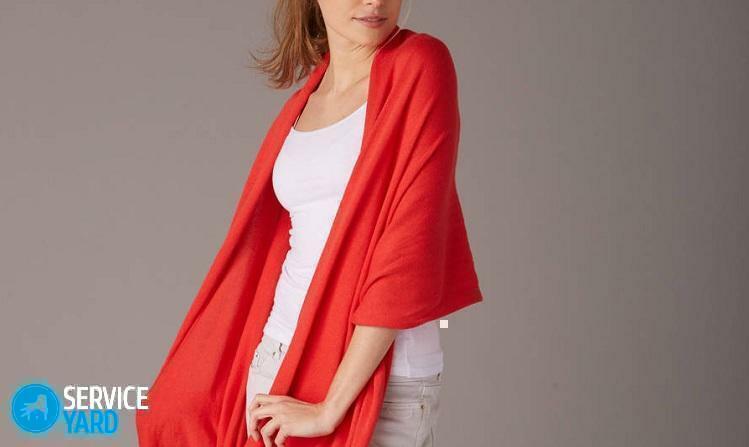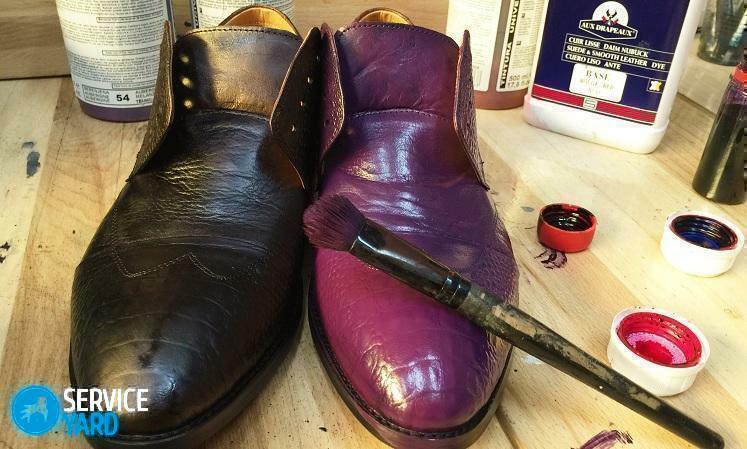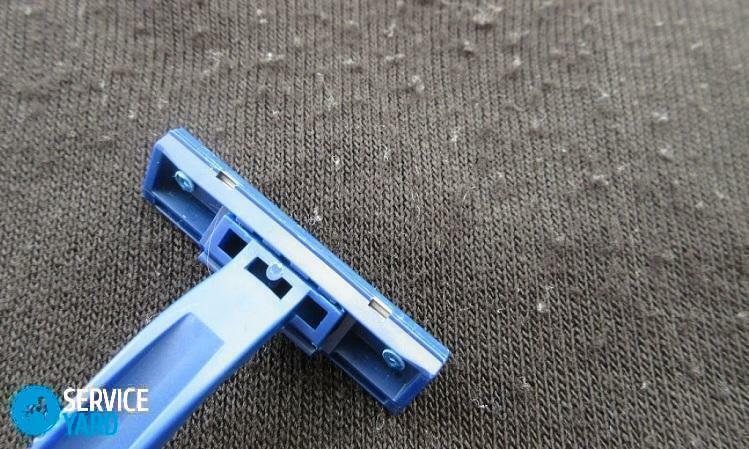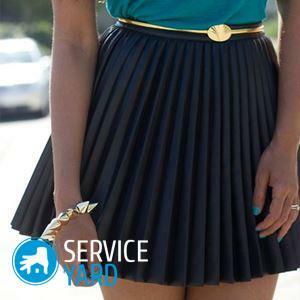
- What is pleating?
- Pleated skirt with your own hands
- How to wear a pleated skirt?
- What can be done from a pleated skirt?
Skirts were and always will be fashionable, as they not only adorn any woman, but also make her more tender, attractive and sexy. A pleated skirt gives the female image also lightness and airiness. In addition, the plisse visually lengthens the female legs, even if they are without heels. If you see a pleated skirt in the store, be sure to get it, whether it's a midi or mini, a large or small fold, a bright or, on the contrary, calmer color, this wardrobe will make your image sweet, gentle and unforgettable. You can, of course, make corrugated yourself, and today we will tell you how to make arrows on a pleated skirt at home.
to the contents ↑What is pleating?
In a short encyclopedia of the household, pleating is called unclouded folds on blouses, skirts or dresses. Distinguish:
- Flat pleating( when the folds lie).
- Stretching accordion, so-called, corrugated.
Important! Pleated skirts are sewn straight or flared in the form of "sun" and "half-sun".Pleated ruffles of various widths are trimmed with dresses and blouses on the collar or sleeves, skirts on the bottom. With insufficient amount of tissue, pleating can be done at intervals.
to content ↑Pleated skirt with your own hands
Pleated skirts can be of different lengths: mini, midi, maxi. Material for such a wardrobe can be chosen as lightweight or dense enough. The pleating itself is hardly noticeable or large enough. The style of the product may also differ. It depends on where the wrinkles begin: from the middle of the thigh or slightly lower.
Important! Recently, classic pleated skirts are very popular in the floor. The main advantage of such a skirt is the ability to hide some flaws in the figure. However, this style is not suitable for everyone.
Method number 1.Whatman + impregnation
For the pleat, prepare the following materials:
- A fabric that can hold a shape well. For example, you can use atlas-cat.
- Whatman( 2 pcs.).
- Sheet of smooth plywood.
- Scale ruler( 1 m).
- Angle.
- Adhesive for fastening the form or white thread No. 50 with a needle.
- Pencil.
- Eraser.
- Table knife.
- Staples.
- Iron. Needle and thread.
- Sewing machine.
- Vinegar and laundry soap for impregnation.
To make arrows on a pleated skirt, you need to cut and sew( glue) a special cartridge made of paper, with drawn and folded folds. The form is made of two cloths - the upper and lower.
Important! A form is made of thick paper, and the best for this purpose is Whatman. Between the panels is inserted a skirt of skirt for pleating.
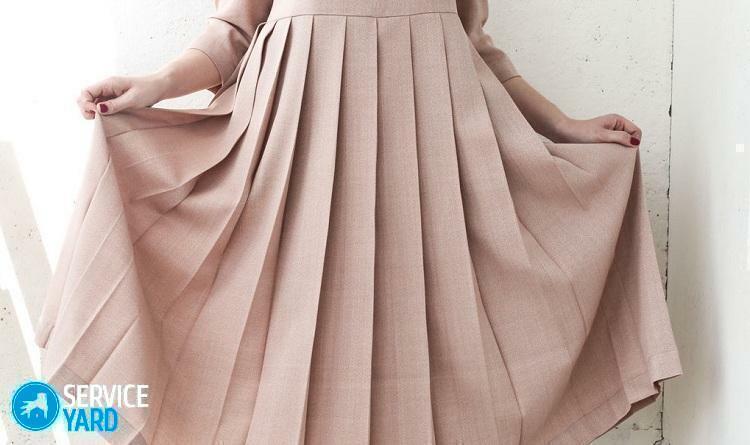
Step-by-step instruction:
- 2 sheets of paper fold one on top of the other.
- Pin the paper with the buttons to the plywood.
- At a distance of 1-1.5 cm from the edges of the sheet, draw two lines in parallel with a pencil.
- On one paper, postpone the dimension of the folds using a ruler( or compass).Mark the folds on the second sheet, piercing it on the layout of the first sheet. So that the sheets do not creep, fasten them with paper clips.
- Remove the sheets from the board.
- Place the cardboard under the first sheet.
- Use a ruler and a table knife( with a blunt end) to join the pencil strokes. The knife must be pressed against the ruler and kept strictly vertical.
Important! You need to connect through each pair of points located opposite to each other. Each third pair of points is skipped.
- Similarly, connect the pencil strokes on the second paper. Wipe off the pencil.
- Carefully fold the folds on the Whatman paper. The first line is a convex fold, the second - concave, and so on until the end of the sheet.
- Fold the top and bottom of the mold into each other.
- Iron the folds of the mold with iron. Steam the mold on both sides once with a heavy iron through a linen cloth( cotton).The fabric should be moistened with plain or soapy water with the addition of vinegar( 1-2 tablespoons of vinegar to 3 liters of water).After steaming the mold will become elastic, and it can be used for pleating more than once.
- Tissue the skirt to the required length.
- Process the bottom of the product by stitching it on the machine.
- Material for a skirt, put it in the form of the Whatman. Do this carefully and carefully.
- On the folded folds, put the load on top of them so they do not straighten. Use for the load can, for example, large heavy books.
- Prepare a vinegar solution for impregnation. Mix table vinegar with water in a 1: 1 ratio.
- Soak cotton cloth in the prepared solution.
- On top of the workpiece of material and shape, put a cloth with a solution.
- Process the workpiece with iron and steam.
- Allow to dry the mold with a pless for 2-3 hours.
- Remove the material from the mold.
- Assemble the creases on the product, walk the fabric several times from the wrong side with a hot iron through a dry rag.
- Sweep the top of the product. For your convenience, go through the tape in the middle and bottom of the fabric.
- Go to the standard tailoring of the skirt( with or without coquette).
Important! All the work with vinegar is carried out on the balcony or in the room with extractor. Use to steam, trying to make arrows on a pleated skirt, an old iron, since the sole of a household appliance can get very dirty from impregnation.
Tips:
- Many dressmakers recommend the following recipe for impregnating the fabric to make arrows on a pleated skirt: 10 l of water, 1 bar of laundry soap, 0.25 l of vinegar, 100-150 g of borax. The process of making folds is the same, but thanks to such impregnation, the folds remain on the material forever and do not diverge when washing.
- Do not discard the fold form, but save for the following pleated products.

Method number 2.Steaming the folds in the
chamber The following materials will be needed for creasing:
- 2 sheets of Whatman paper.
- Ruler and a simple pencil.
- Table knife with a blunt end.
- Scotch.
- Reiki( 2 side and 4 transverse for one form).
- Ropes for fixing.
- Kettle for steaming.
Important! The most important thing is to correctly draw the form template. For example, for a skirt-sun with a radius of 50 cm, use a paper of the A1 format. On it with a reserve will fit 2 quarters of the sun. Stock is necessary to ensure that the edges of the material are not climbed. In total for the form it is necessary to make 4 accordions, therefore use 2 sheets of the paper.
Step-by-step instruction:
- Prepare a skirt shape template with a ruler and a pencil. The width of the folds on the product can be changed, for example, along the waist line of 3 mm, and downwards - from the waist.
- Place a clean sheet of the paper on the bottom of the template.
- Pierce all the marks with a needle or a thin awl.
- Sell the lines on the paper with the help of a table knife and a ruler, connecting the upper and lower punctures.
- Fold the Whatman in the accordion.
- Prepare the same 3 more accordions, using the template and whatman.
- Glue tape with 2 quarters to make 2 semisuns. This will be the top and bottom of the form.
- Carve out a half-sunny tissue.
- Stretch the bottom of the mold on a flat surface.
- Press the bottom of the form with a load, or use the helper.
- Place the fabric on the stretched accordion.
- Gently, do not move the fabric, close it with the top of the mold.
- From the middle start to type the form, collect the accordion from the fabric.
- Pull the workpiece with two slats.
- Secure workpiece 4 with straight strips and bind them with string( bandages).
- Steerate the workpiece for 3-5 hours, depending on the density of the fabric. The stripping process can be carried out in the pelvis, for this, the blank must be covered with oilcloth and blanket, or you can use a kettle and feed the steam through the hose.
- Allow the form to cool and dry until morning, without loosening.
- Carefully separate the bottom and top of the mold and pull out the fabric.
Tips:
- To make both skirt skirts sober at the same time, prepare 2 times more shapes.
- Both tabs can be placed between three bars. To prepare the camera for steaming, perpendicular to the small bars on both sides, tie in one more( you can use wooden rulers not more than 20 cm).In the center of the upper bar, hang a hook for the convenient location of the device. The bookmark in the bars can be wrapped with a household oilcloth on a fabric basis and fixed with adhesive tape around the hook to make a "big candy".It is not necessary to achieve full tightness, as steam should fall into the bookmark.
- For steaming, you can use the iron from the household steamer, only from time to time it will be necessary to check the presence of water in the steamer, since the device will automatically shut off when the empty container.
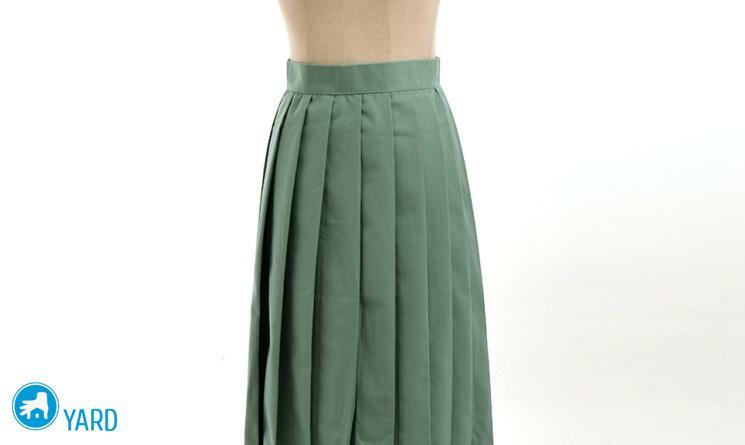
Method number 3.Folds manually
Use this method if there is no shape at hand, and you need to make arrows on a pleated skirt urgently. Proceed as follows:
- Cut out the skirt-sun, for example, from a stretch satin( circle with a radius of 60 cm).
- Do not cut out the middle to make it easier to form wrinkles.
- Fold the circle in half( inside out).
- Then each halve in half, then every quarter, and so on until the distance between adjacent folds along the edge of the circle becomes equal to the required width, for example 6 cm.
- Turn the fabric over.
- Align the two folds and smooth out the wrong crease. And so on all round. To the center of the circle can not reach 5-7 cm.
- For fixing the folds, prepare a solution: 0.3 liters of table vinegar( 9%), 2 tbsp.spoons of ammonia( technical ammonia alcohol).
- Dampen the fabric with the prepared mortar.
- With an iron, treat the folds first on the wrong side, then with the front. In order not to get confused, pin a pin on the first folded pleat.
- Smooth arrows on a pleated skirt in a circle until you reach the pin.
- Hook the fabric behind the center in a well-ventilated place for drying.
- Process the bottom of the fabric and cut the middle of the circle along the required radius.
- Sew a belt, and the skirt is ready.
Important! Do not inhale vapors, ammonia, as this is very dangerous. All work should be carried out in a well-ventilated area. When smoothing wrinkles, turn your face away so that poisonous vapors do not damage the nasopharyngeal mucosa.
Tips:
- For pleated wear, choose crepe-satin - it is corrugated best. Worst of all, a thin stretch satin can be processed. At crepe-satin, the folds of the wrists are smoothed sufficiently sharp, and in the satin - the accordion will be spread out, and the folds will be too soft.
- The most reliable way to make arrows on a pleated skirt is steaming in the form for at least 4 hours. When steaming in the form under the press, the folds are sharp and reliable. Iron folds can be smoothed out. On some tissues, when there is a smoothing, there may be no trace of the fold.
- So that when folding the folds do not separate, sweep them on the hem. After washing a group of folds is easier to stretch and smooth.
How to wear a pleated skirt?
Pleisse looks great both on young slender girls, and on polnenkih women. Ladies perfectly fit a style with pleats from the middle of the thigh or lower, made of a fabric that holds the shape well enough.
We suggest you use the following recommendations of fashion designers:
- On the low girls look pleated skirts of medium length.
- If you want to hide the flaws of your thighs, then give preference to products with stitched folds at the top.
- It should be remembered that the corrugation gives extra volume to the hips. It is not recommended to wear corrugated to ladies with a figure "triangle"( the volume of the hips is much larger than the volume of the breast).
- Medium length skirts are universal, suitable for any image.
- If you put the mini-skirt high on the waist, then the legs visually elongate.
- A short skirt in combination with a blouse or turtleneck is good for work. The blouse and turtleneck must be tucked into the skirt.
- Pleisse is perfectly combined with a jacket, but only forged.
- A pleated medium-length skirt is often used as a form in educational institutions. Together with the skirt, it will be good to combine a sweater with a V-neck or a blouse with a club jacket.
- The skirts in the floor emphasize femininity, tenderness and elegance. Long skirts are worn with voluminous top. Perfectly suitable for maxi sweaters of large mating, cardigans, vests or wide shirts.
- Maxi can be worn with tops, turtlenecks, T-shirts if the skirt is airy.
- All shoes are suitable for a pleated skirt, the main thing is that it fits into the overall ensemble.
- Do not overdo with accessories, since the plisse itself is a bright enough element in the image.
What can be done from a pleated skirt?
If the shape of a pleated skirt is no longer relevant to you, then you can use corrugated for other models, for example, to fix on such products:
- Ball gown for a child.
- Mini skirt for practicing tennis.
- Wings for oriental dances.
- Yubku-goffered with insets along the hem.
- Cosmetic pleated sarafan.
Wear a pleated skirt at any time of the year, and you will always be stylish, gentle and elegant!

